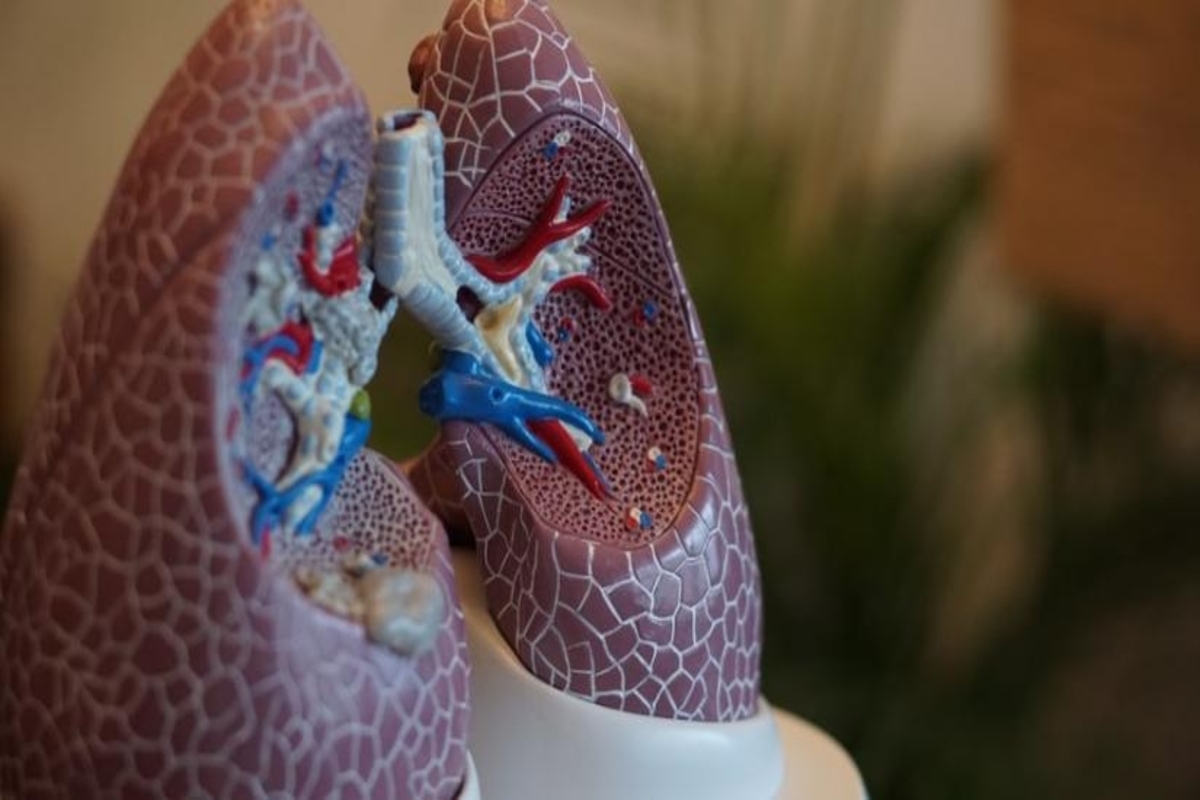Scientists have constructed the first single-cell atlas of postnatal lung development in humans and mice.
The map will help answer how lungs develop after taking their first breaths outside the womb and what cellular events and changes early in life give rise to lung malfunction and diseases.
The research could also help provide a more detailed understanding – at the level of individual cells – of which genetic and epigenetic factors affect lung health across the human lifespan, starting from birth.
“These are unique samples that we’ve collected information on during a time in lung development that has not been well studied,” said first author Thu Elizabeth Duong, a physician-scientist in paediatric respiratory medicine at University of California San Diego School of Medicine.
“What’s exciting is being able to see, at single-cell resolution, what the lung cells are doing at this stage in development,” Duong said.
The goal is to build a so-called “reference map” of the human lungs, which would serve as a foundation to understand the cellular differences between healthy and diseased lungs.
The findings are published in the journal Cell Genomics.
“Your respiratory health gets shaped by what happens during your early years of life. So when things go wrong, we can refer back to these early years to identify potential causes of disease,” said Duong.
“In cases of lung abnormality or disease, we can zoom in and examine what specific types of cells are different from their counterparts in the healthy references and what are the molecular pathways underlying these changes,” added Kun Zhang, professor and chair of bioengineering at UC San Diego who is a senior author of the study.A
To construct their map, the researchers analysed post-mortem human lung tissues that were collected at different time points, starting from day one and up to 9 years after birth.
The team also collected lung tissue samples from mice at matching time points between one day and nearly one month after birth.
Using next-generation single-cell sequencing technologies the team analysed individual nuclei of more than 80,000 human and mouse lung cells combined.
With this analysis, the researchers gained clues as to how alveolar type 1 cells communicate with other cells such as myofibroblasts, and how this communication could play a role in alveolar cell development. These cells are vital for the exchange of oxygen and carbon dioxide gases.
The study also revealed a unique population of fibroblast cells in the human lung that was not observed in mice. These fibroblasts are cells in connective tissue that play a role in how the lungs stretch.
The researchers also found cell states in the human lung that are present in early life at birth but disappear by 9 years of age.












